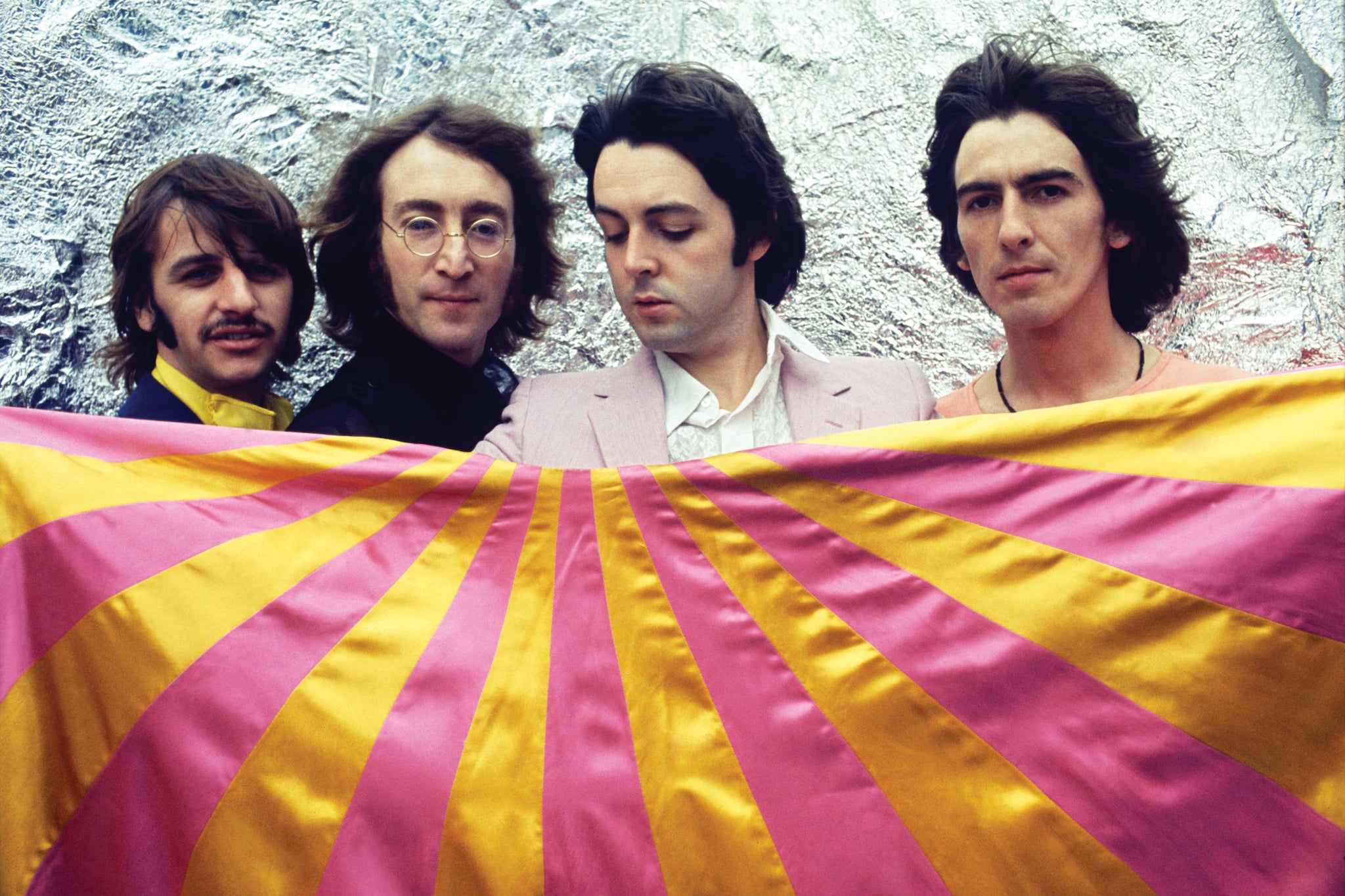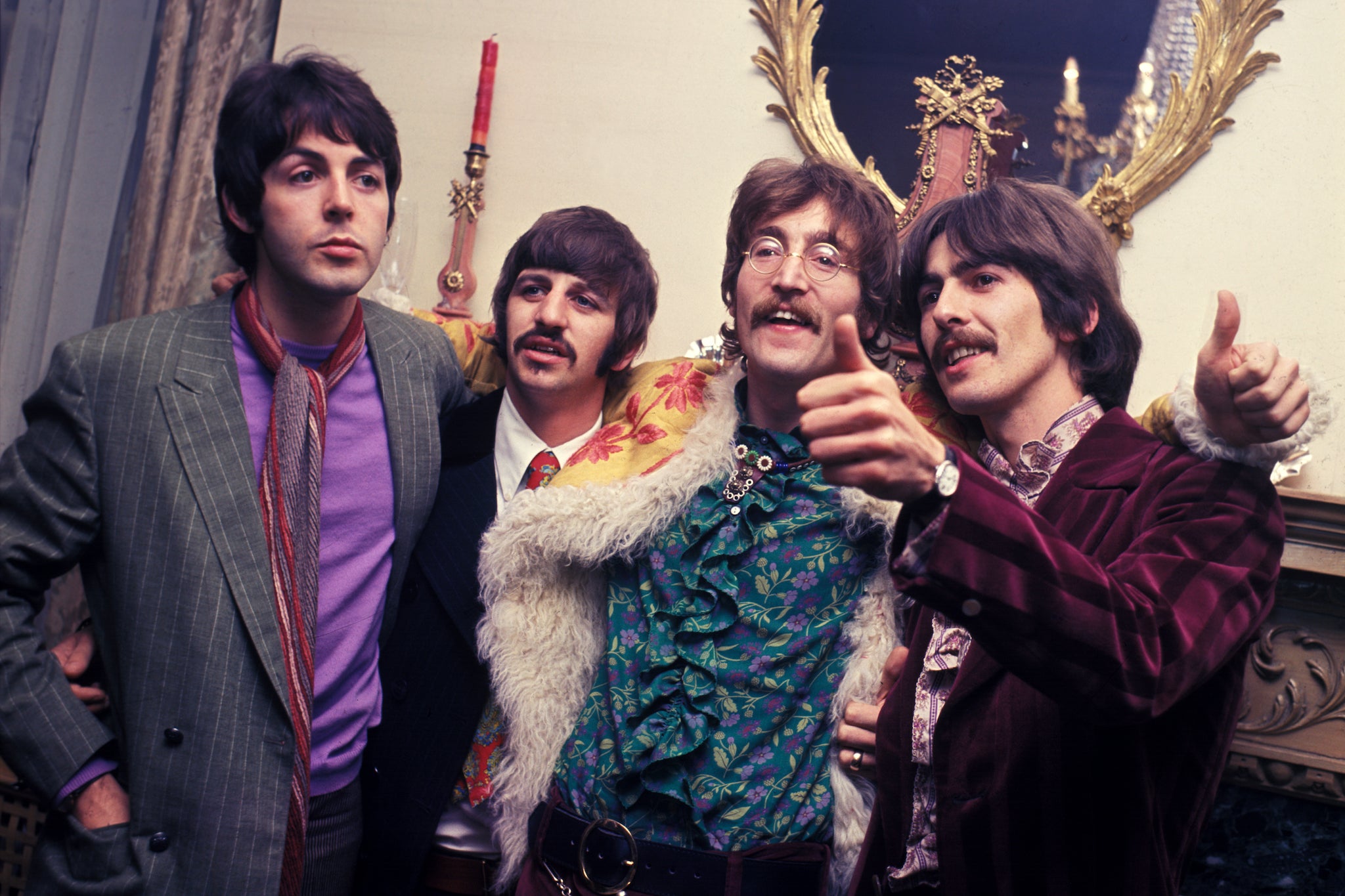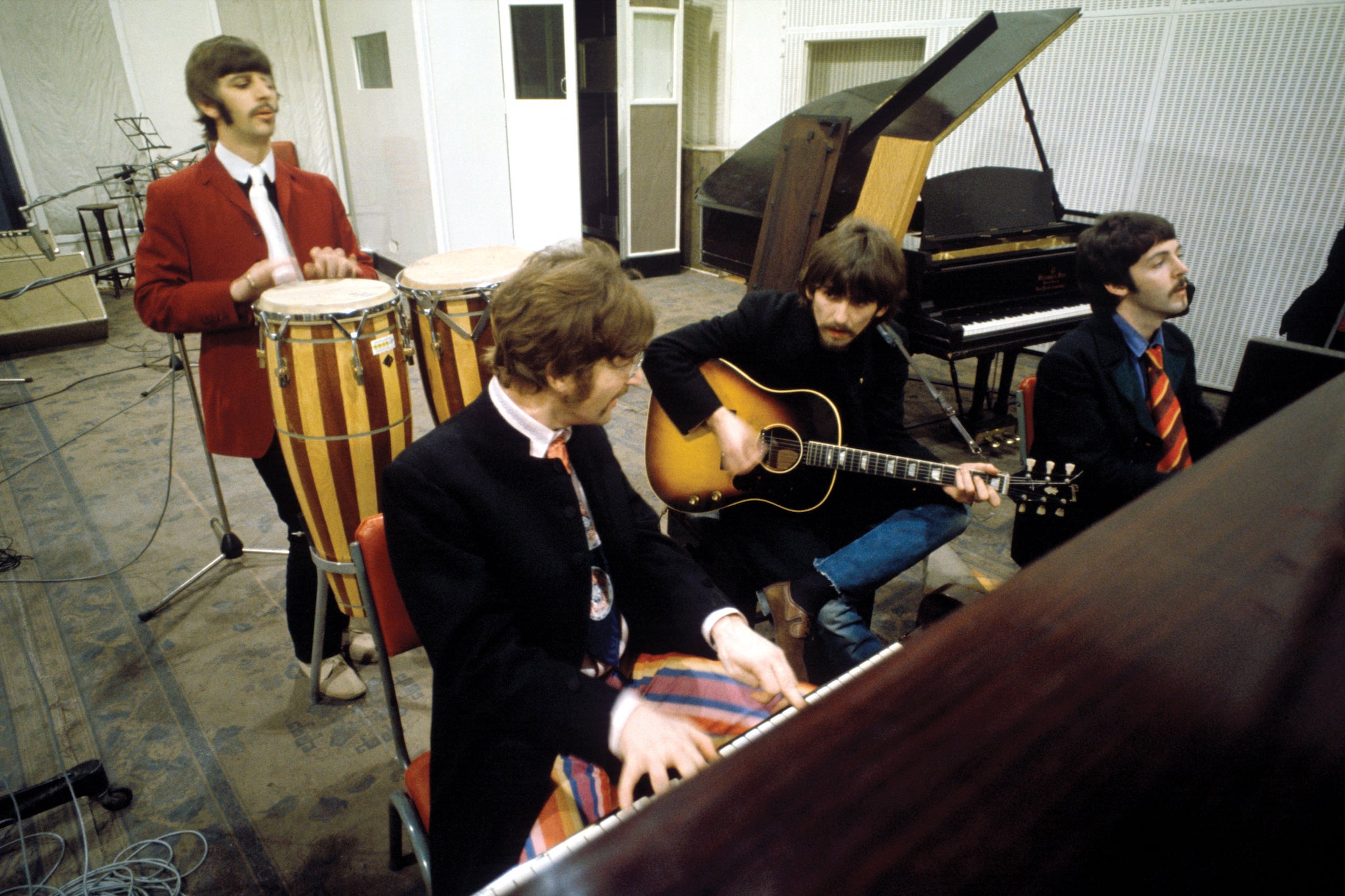Let It Be: Why ‘Now and Then’ must be the Beatles swansong
The track’s principal purpose seems to be to keep The Beatles in our minds, to maintain their status as the undisputed heavyweight pop champions of the world by dint of endless resissues and repackages. It’s time to agree we’ve reached the end of the long and winding road, says Michael Hann

The other week I was listening to Say You Will, the final studio album by Fleetwood Mac. It’s pretty good – decent songs, exceptional production, great playing – but it never really sounds like a Fleetwood Mac album. And that’s because it wasn’t a Fleetwood Mac album: it was two solo albums by Stevie Nicks and Lindsey Buckingham, with the members of Fleetwood Mac playing on them (barely a quarter of the 18 songs on Say You Will were written specifically for the record).
It’s the same feeling I have listening to “Now and Then”, the newly released absolutely-last-no-we’re-never-going-to-do-this-again single by The Beatles. Yes, it has all four Beatles playing on it: there are fragments of John Lennon vocals plus a bit of guitar recorded by George Harrison back in 1994 when the group had their first bash at reviving the song from an old Lennon demo. The donkey work, though, is done by Paul McCartney, with Ringo Starr adding drums.
“The way our four different personalities combined in The Beatles was really something very special,” McCartney says in the short film released to promote the song. There’s the nub of it all: “Now and Then” doesn’t sound like four different personalities combining. Instead, it sounds like a band imitating The Beatles, in the way that a lot of Beatles-y music does – the mid-paced piano chords, the sombre melody, the slide guitar solo (played by McCartney, modelled after Harrison), and the non-specific air of beatitude about it.

“Now and Then” was recorded as a skeletal demo by Lennon at home in New York, likely in 1977. It was not written for The Beatles. It wasn’t really written for anything – the song arose during Lennon’s five-year period when he wasn’t recording; he was focused on bringing up his and Yoko Ono’s son Sean, and perhaps making amends for his 18-month “lost weekend” with May Pang, his and Ono’s personal assistant. The time gap matters: Lennon circa 1977 was a very different man to the Lennon who had served time in The Beatles. He was not writing expansive music destined to be heard by millions; he was writing little nursery rhymes about trying to find contentment (just listen to the two previous posthumous Beatles tracks, “Real Love” and “Free as a Bird”; both as slight as gossamer). By 1977, Lennon was not a Beatle.
But, gosh, the two surviving Beatles are pushing hard to say otherwise for the legitimacy of “Now and Then”. Look, Giles Martin, son of George, has produced it. “Is it something we shouldn’t do?” McCartney asked himself, before communing long and hard with his ambition and deciding John would have loved it. “It was the closest we’ll ever come to having [John] back in the room,” said Starr. Though not very close, if we’re honest. And the clincher, from McCartney: “We’ve all played on it, so it is a genuine Beatle recording.” Well, that is true. All four indeed play on it, and it is credited to The Beatles, so yes, in the most literal sense “Now and Then” is a Beatles song. But in an emotional sense, it’s far from it.
Viewers of Get Back, Peter Jackson’s documentary series about the making of Let It Be, often commented on one thing: that however rancorous relationships were between the four men by that point, when they were in a room together playing their instruments, everything else seemed to disappear. In that room, they were The Beatles – not four argumentative scousers each trying to assert themselves over the other. “Now and Then” does not have that, and without getting all metaphysical about it, you can hear it. You can hear a song that has, albeit carefully and lovingly, been assembled out of parts. It doesn’t feel alive; it feels recreated.
It’s not that the track is bad: this foursome would struggle to create anything resembling bad music. And if you were told it was from 1973, released by Badfinger or Raspberries or Emitt Rhodes or even ELO, you’d think it was a perfectly good album track. If it was by Neil Innes, you’d think it was a pretty good pastiche of very late Beatles. The song is fine. But is fine enough for the greatest band ever?

The track’s principal purpose seems to be to keep The Beatles in our minds (is it mischievous that it arrives only a couple of weeks after the new album from their great 1960s rivals, The Rolling Stones?). Increasingly, that appears to be the modus operandi of the Beatles organisation: to maintain their status as the undisputed heavyweight pop champions of the world by doling out the reissues and repackages and occasional reimaginings (such as the Love mash-up album). Sometimes what we are gifted is wonderful – so many fans had longed to hear the Esher demos that were finally released with the 50th anniversary edition of the White Album in 2018 – but sometimes they come with a sense of entitlement – that The Beatles are due our fealty for the simple fact of having been The Beatles, and the fact they deign to grace us with something we haven’t heard before.
“Now and Then” falls into that latter category. It’s a good song, sure, but will you be playing it on repeat? Put it this way: when you want to hear The Beatles, do you reach for “Free as a Bird” and “Real Love”? No? There’s your answer.
Join our commenting forum
Join thought-provoking conversations, follow other Independent readers and see their replies
Comments
Bookmark popover
Removed from bookmarks